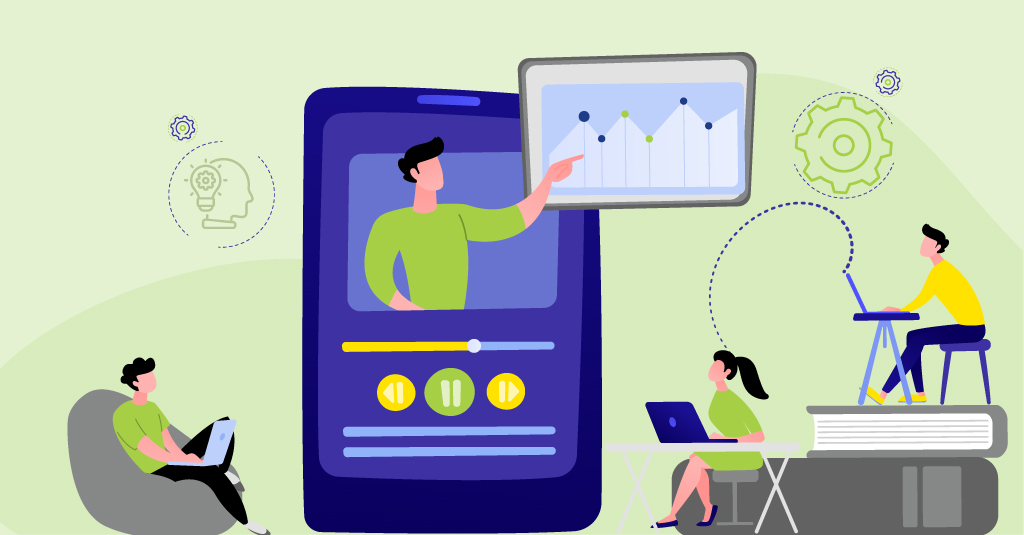Sales enablement is the domain that deserves serious attention to achieve results and organizational success. To equip your sales teams for success, you need a dynamic mix of training formats to build a structured learning experience that is tailored to your goals—whether it’s onboarding new hires, upskilling veterans, or driving consistent messaging across the organization. This guide walks you through the most effective training modalities, when to use each, and actionable tips to maximize impact.
Why Sales Enablement Training Matters
Sales enablement training blends formal instruction with hands-on, job-specific learning to ensure your reps have the knowledge, skills, and resources they need to engage buyers and close deals. The right training approach accelerates ramp-up times, increases win rates, and fosters a culture of continuous improvement.
Use Cases: Matching Training Formats to Goals
1. Onboarding New Sales Reps
Goal: Quickly empower new hires with product knowledge, standardized sales processes, and company culture.
Ideal Formats:
- Micro Learning: Set the foundational knowledge.
- Regular eLearning: Provide self-paced modules comprehension and application.
- On-the-Job Training: Pair with a mentor for live shadowing.
- Instructor-Led Training: Share expert insights
- Role-Play (eLearning): Simulate customer interactions.
Example
A 30-60-90 day onboarding plan with a defined learning journey, weekly check-ins, product deep dives, and live call shadowing.
Dos & Don’ts:
- Do: Carefully design the learning program with clear milestones and measurable outcomes.
- Don’t: Expect positive outcomes with a single learning intervention combined with loads of product data sheets and reference documents.
2. Upskilling on Product or Market Changes
Goal: Keep reps updated on new features, competitors, and market trends.
Best Formats:
- eLearning & Microlearning: Deliver bite-sized updates.
- Sales Coaching: Share market and competition insights. Personalized guidance.
Example:
Monthly microlearning modules on product updates with reinforcement of learning with a variety of interactive or gamified learning objects.
Dos & Don’ts:
- Do: Make content easily accessible. Share knowledge in an engaging manner in a format that aligns with learner preferences.
- Don’t: Assume communication over emails or a document is enough.
3. Improving Objection Handling and Closing Skills
Goal: Equip reps to confidently handle objections and close more deals.
Best Formats:
- Role-Play & Simulations (eLearning): Practice common customer handling scenarios including objections.
- Sales Coaching: Provide targeted feedback.
- Gamification: Incorporate gamification to encourage participation in the learning interventions offered.
Example:
Weekly objection handling workshops with peer feedback and a leaderboard for top performers.
Dos & Don’ts:
- Do: Careful design of simulations based on real life scenarios.
- Don’t: Ignore conversations with the sales team and capture experiences and feedback—always debrief.
4. Driving Consistent Messaging and Brand Alignment
Goal: Ensure all reps deliver a consistent message and value proposition.
Best Formats:
- eLearning: Clear communication on product and brand features and positioning. Reinforce with quizzes and certification.
- Instructor-Led Training: Facilitate discussion on best practices
- Case Studies: Foster recognition and knowledge sharing with ongoing release of challenging opportunities and success stories.
Example:
Quarterly updates and scheduled interactions with mentors.
Dos & Don’ts:
- Do: Use real-world examples and case studies.
- Don’t: Rely solely on newsletters, product guides. Involve learners, don’t just share information.
5. Enhancing Collaboration and Cross-Team Alignment
Goal: Foster teamwork and collaboration between sales, marketing, and enablement.
Best Formats:
- Sales Coaching: Joint goal-setting and feedback. Foster team spirit.
- Scenario based learning: Amplify the value of interaction with other functional teams.
Example:
Monthly cross-departmental workshops to align on campaigns and messaging.
Share case studies of collaborative success.
Dos & Don’ts:
- Do: Encourage open communication during team meetings.
- Don’t: Work in silos—align on shared goals and value knowledge sharing and collaboration between functional teams.
Dos and Don’ts of Sales Enablement Training
Dos
- Align training with business goals and KPIs.
- Customize content to your team’s needs and market realities.
- Mix formats with a careful choice aligned with the needs.
- Encourage regular, actionable feedback.
- Use technology to deliver learning at scale, allow learning on the go, smooth access to learning resources and collect feedback for continuous improvement.
Don’ts
- Overload reps with too much information at once.
- Rely only on theory—prioritize practice and application.
- Use a one-size-fits-all approach.
- Ignore data and analytics—measure what works
- Underestimate the importance of engagement and motivation
Conclusion
Sales enablement training is a strategic lever for boosting performance, consistency, and morale. By matching the right training format to weave pleasant learning experiences, follow best practices in the industry, welcome innovative ideas — you can empower your team to sell smarter, adapt faster, and achieve greater results.


















